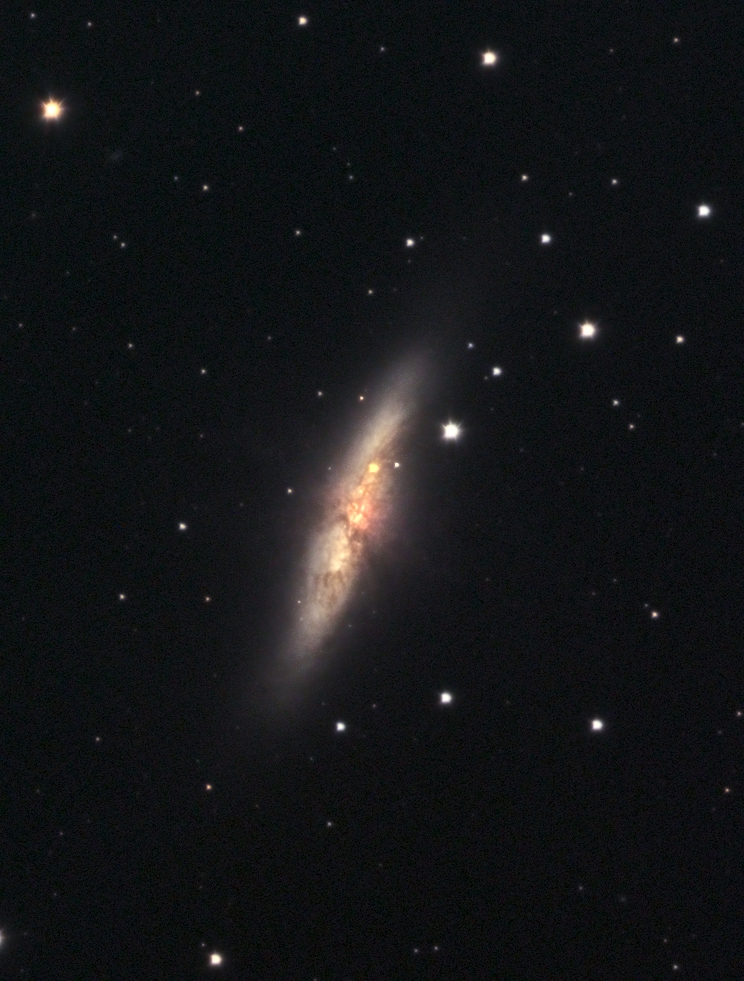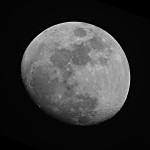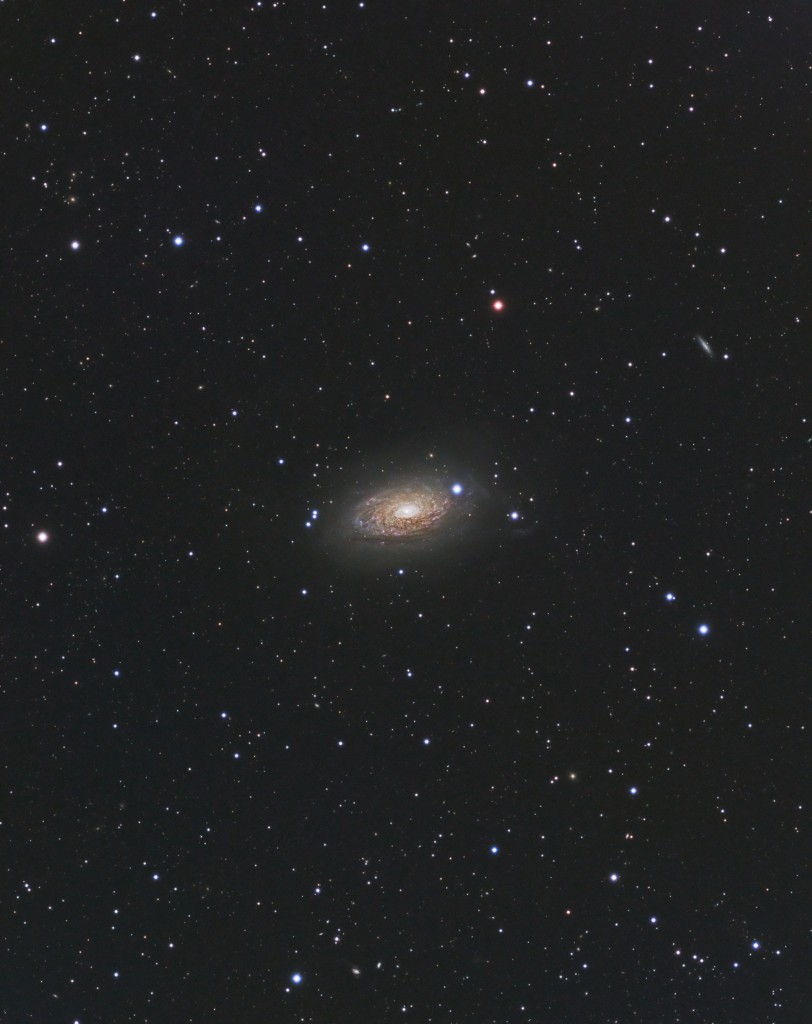
M63 – AP900GTO, Stellarvue SVQ-100, Apogee Ascent A694, Baader LRGB Filters, 4.5 Hour Total Exposure Time.
Messier 63 (also known as M63, NGC 5055, or the Sunflower Galaxy) is a spiral galaxy in the constellation Canes Venatici consisting of a central disc surrounded by many short spiral arm segments. M63 is part of the M51 Group, a group of galaxies that also includes M51 (the ‘Whirlpool Galaxy’). M63 is an active galaxy with a LINER nucleus.[3]
M63 was discovered by Pierre Méchain on June 14, 1779.[4] The galaxy was then listed by Charles Messier as object 63 in the Messier Catalogue.
In the mid-19th century, Lord Rosse identified spiral structures within the galaxy, making this one of the first galaxies in which such structure was identified.[4]
In 1971, a supernova with a magnitude of 11.8 appeared in one of the arms of M63.
Information courtesy of Wikipedia.
Friday night was fantastic without a cloud to be seen. Saturday night was less pristine with a lot of thin cloud moving through. I thought we had some clearing later but a lot of the images from Sat night showed very inconsistent background values which leads me to believe we had thin stuff moving through all night. Still, how many clear nights can you ask for? It was a great TSSP and looking forward to the Fall Star Party.
SQM measurements topped out around 21.3 on Friday night and 21.4 on Saturday night.
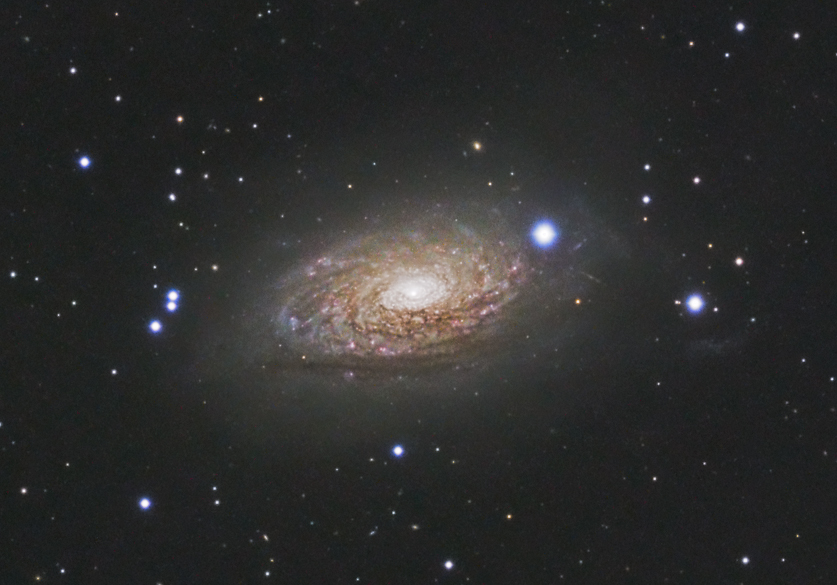
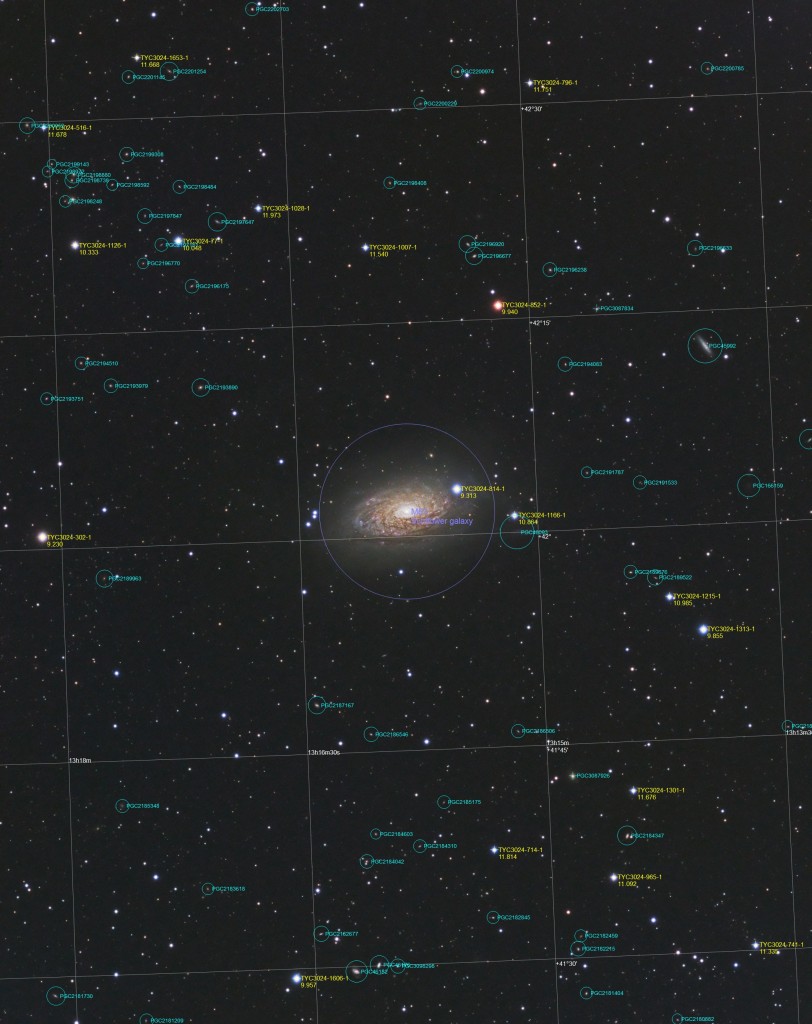

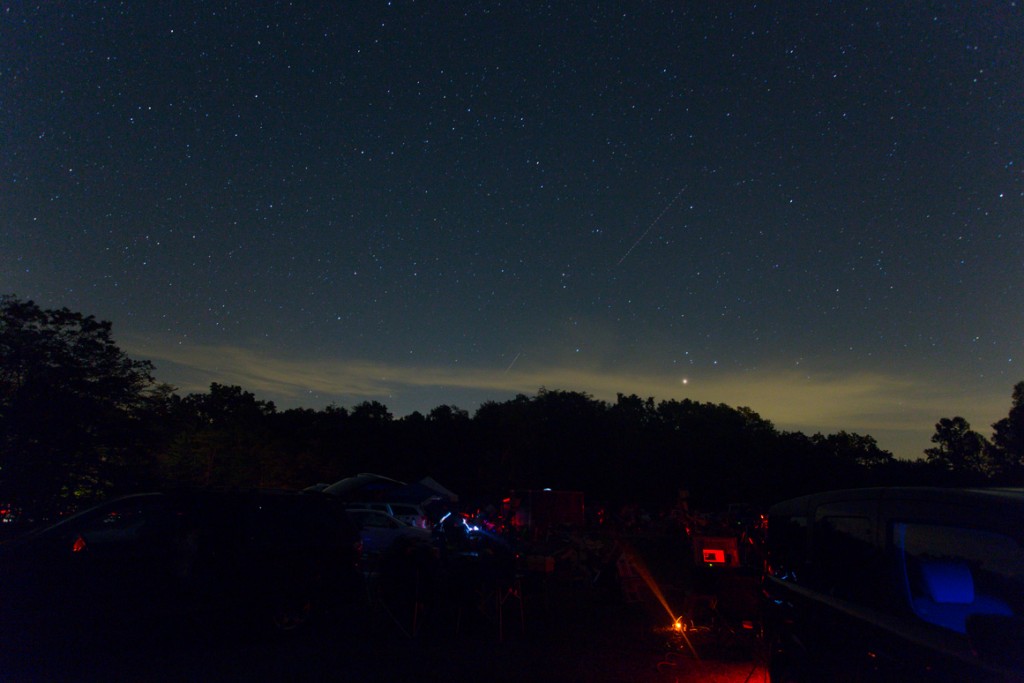

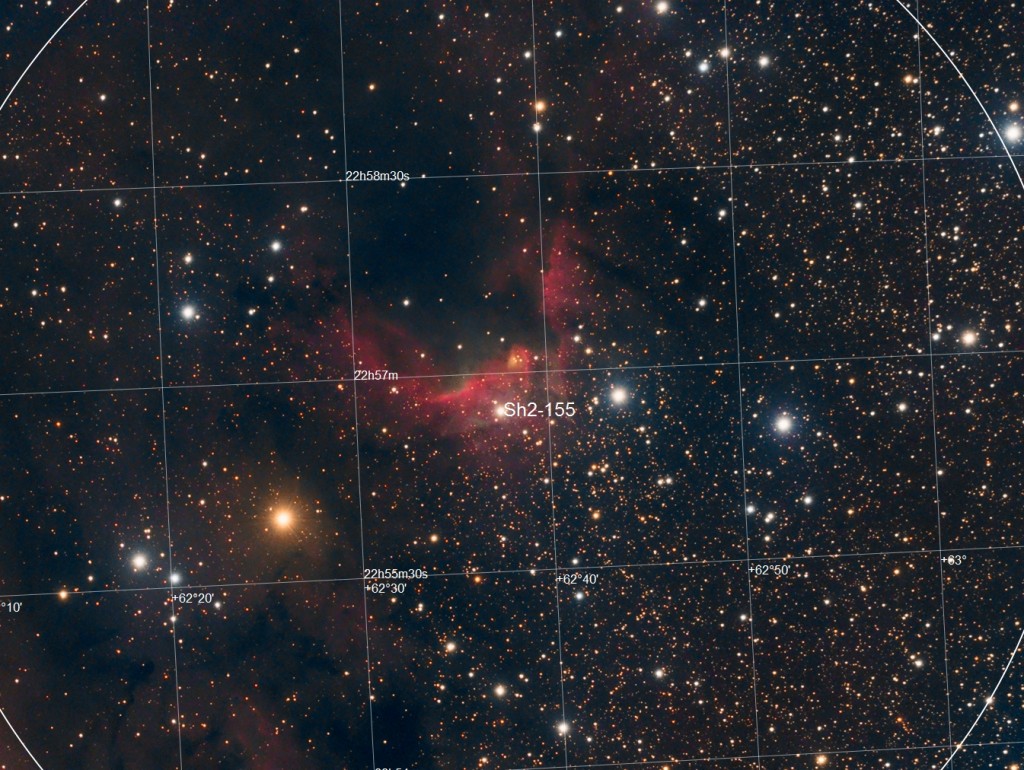
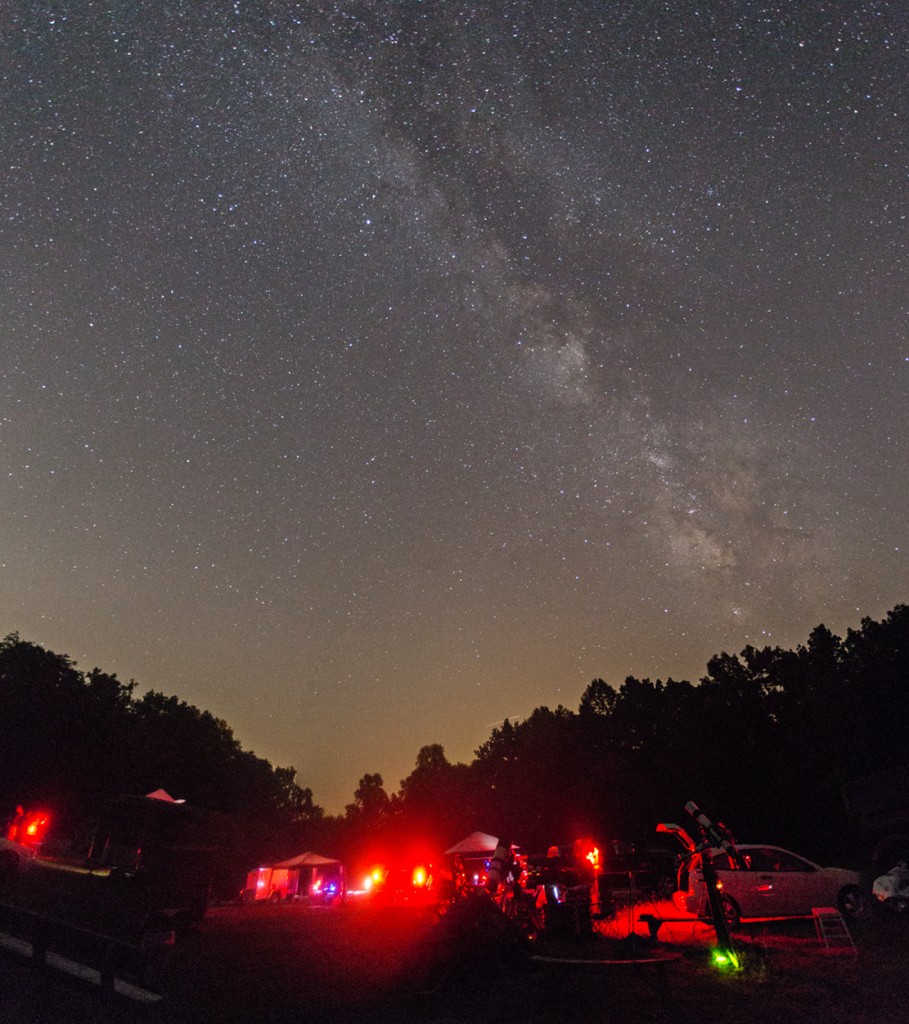
![Cygnus Mosaic Cropped & Reduced to 50% Size. 9 Panels, 1x20min per Ha, O[III], S[II] Channel per panel. Total Time 9 hours. Taken with an Apogee U16M and Tak FSQ-106ED.](http://www.celestial-imaging.com/wp-content/uploads/2015/05/Cygnus-Mosaic-20150531_V2-1024x582.jpg)
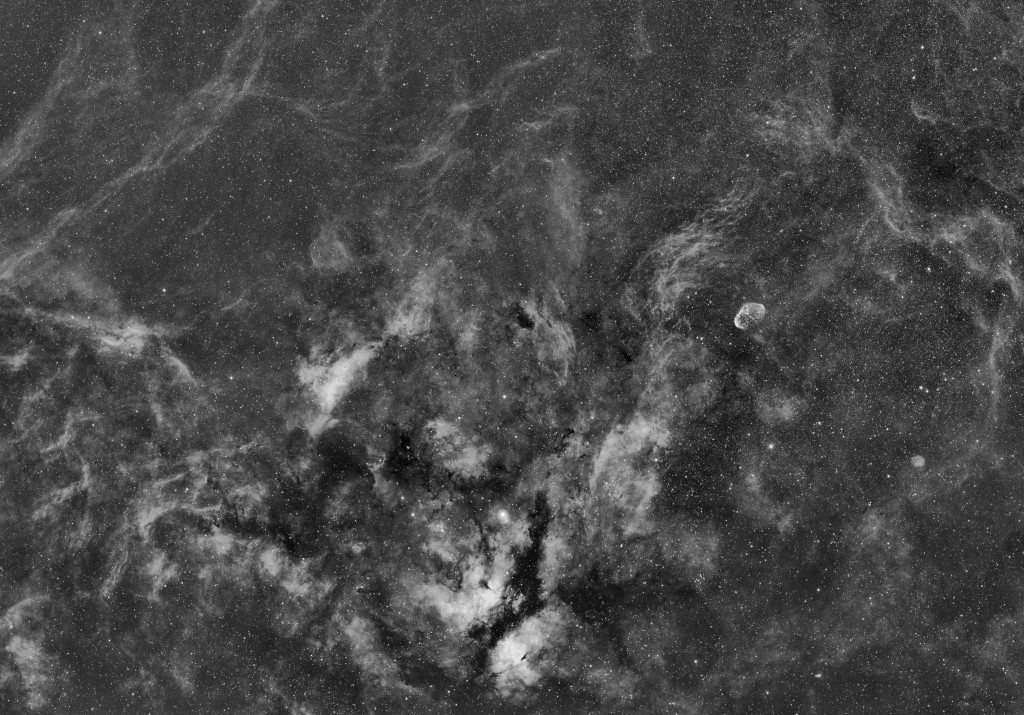
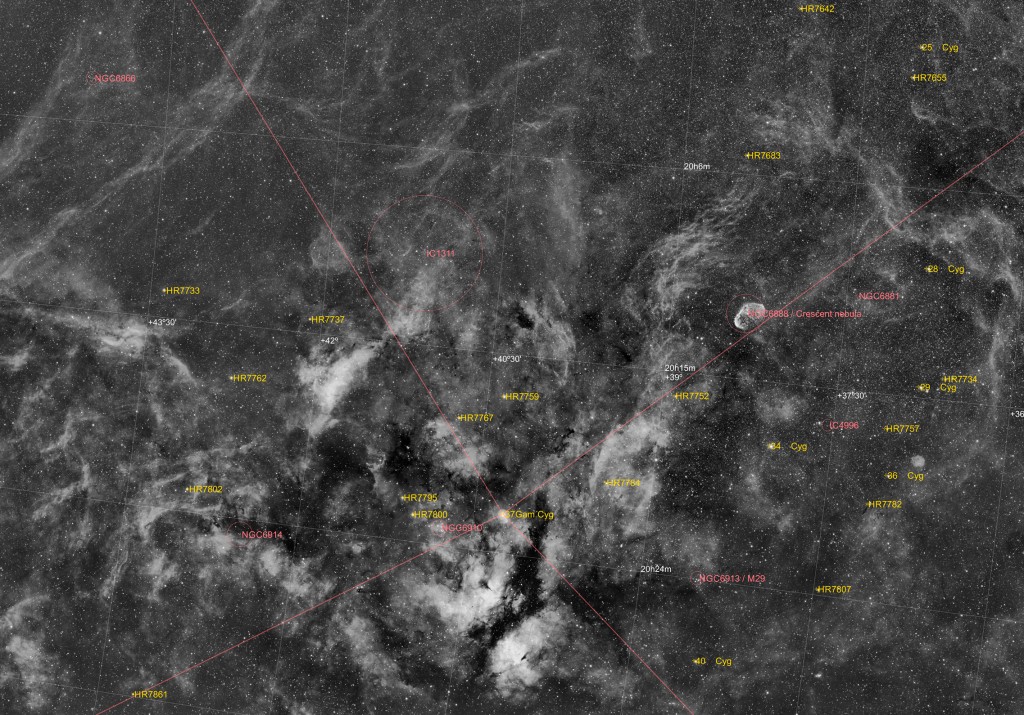
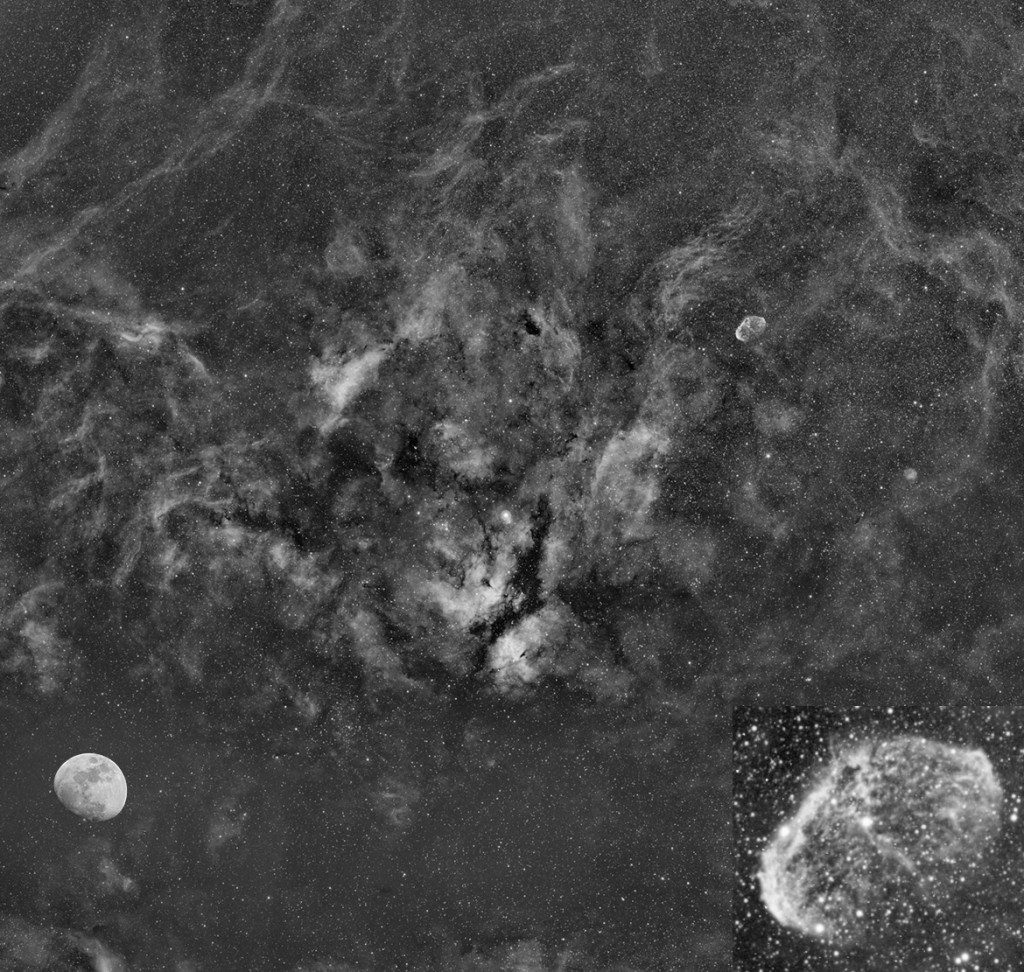
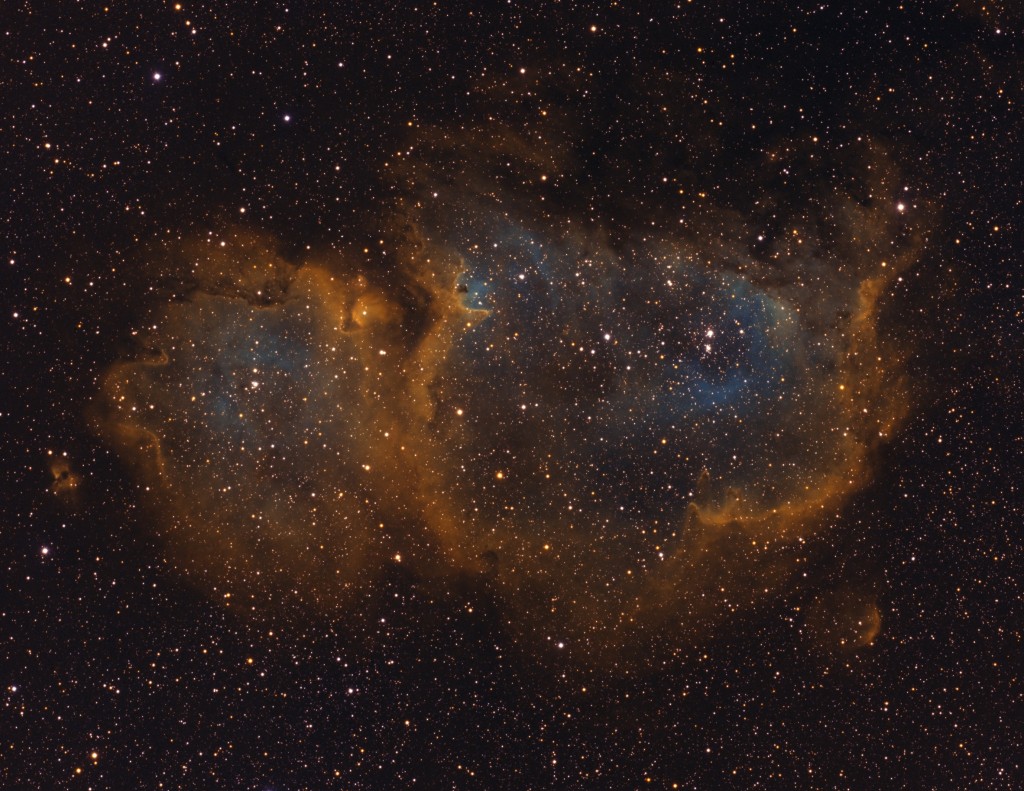
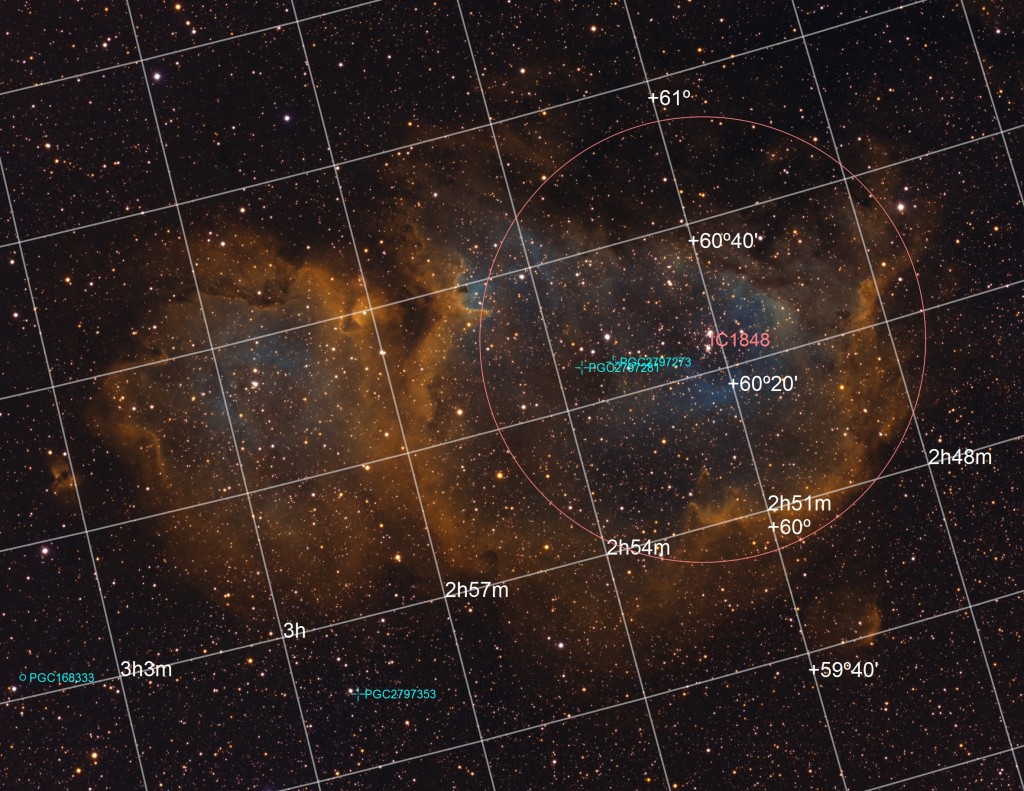
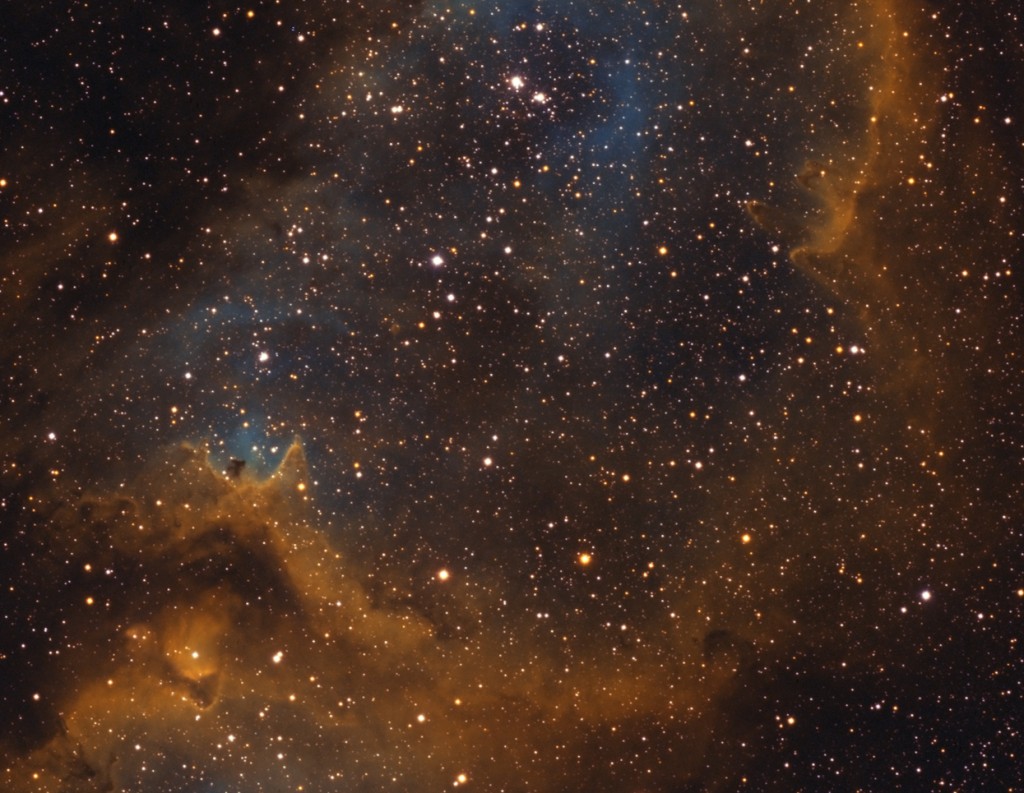

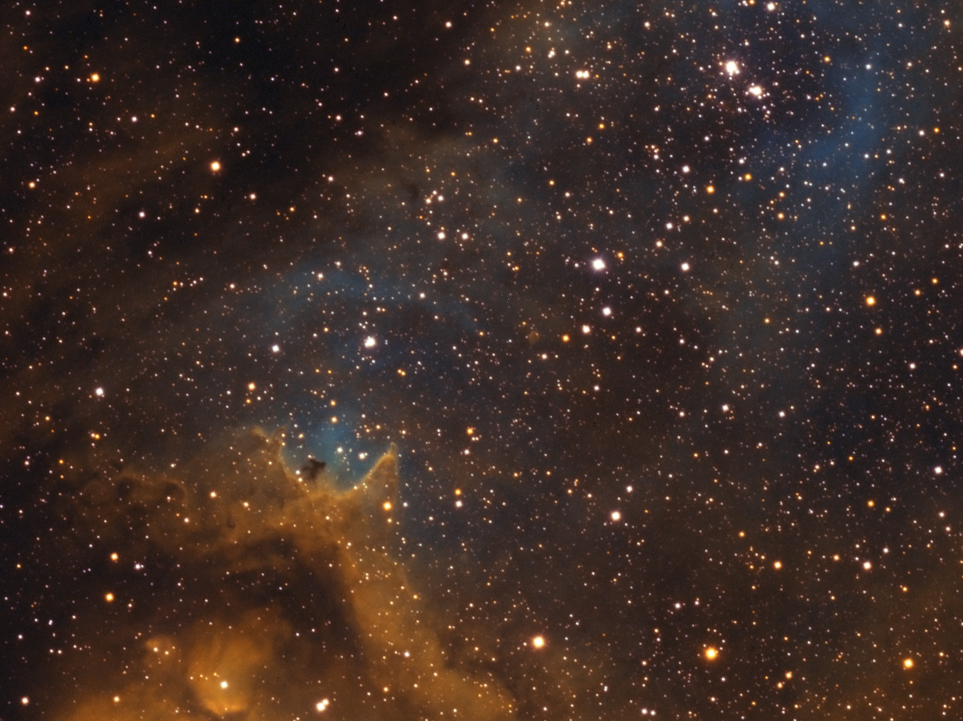
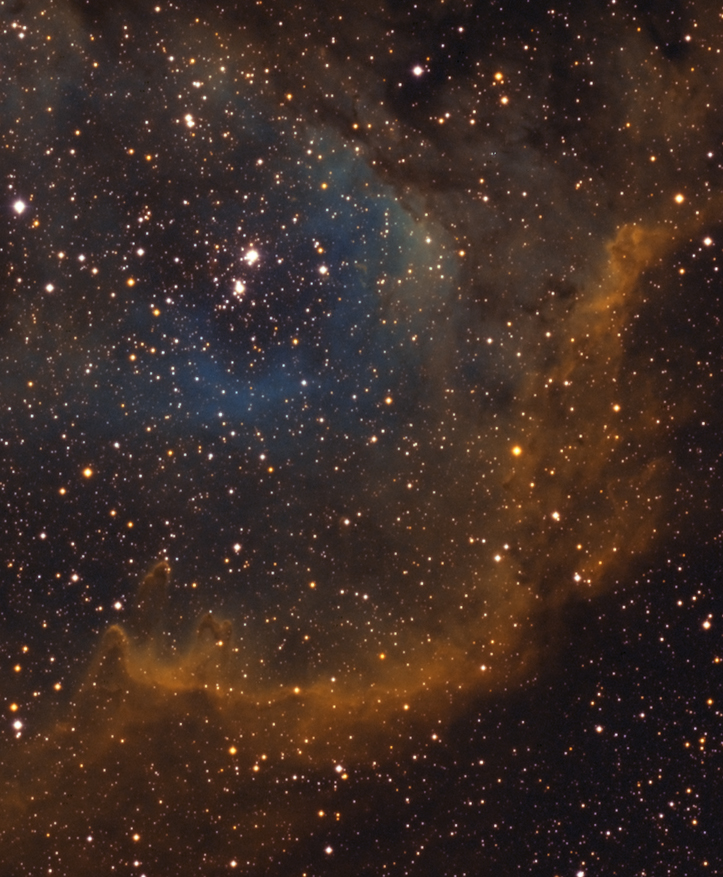
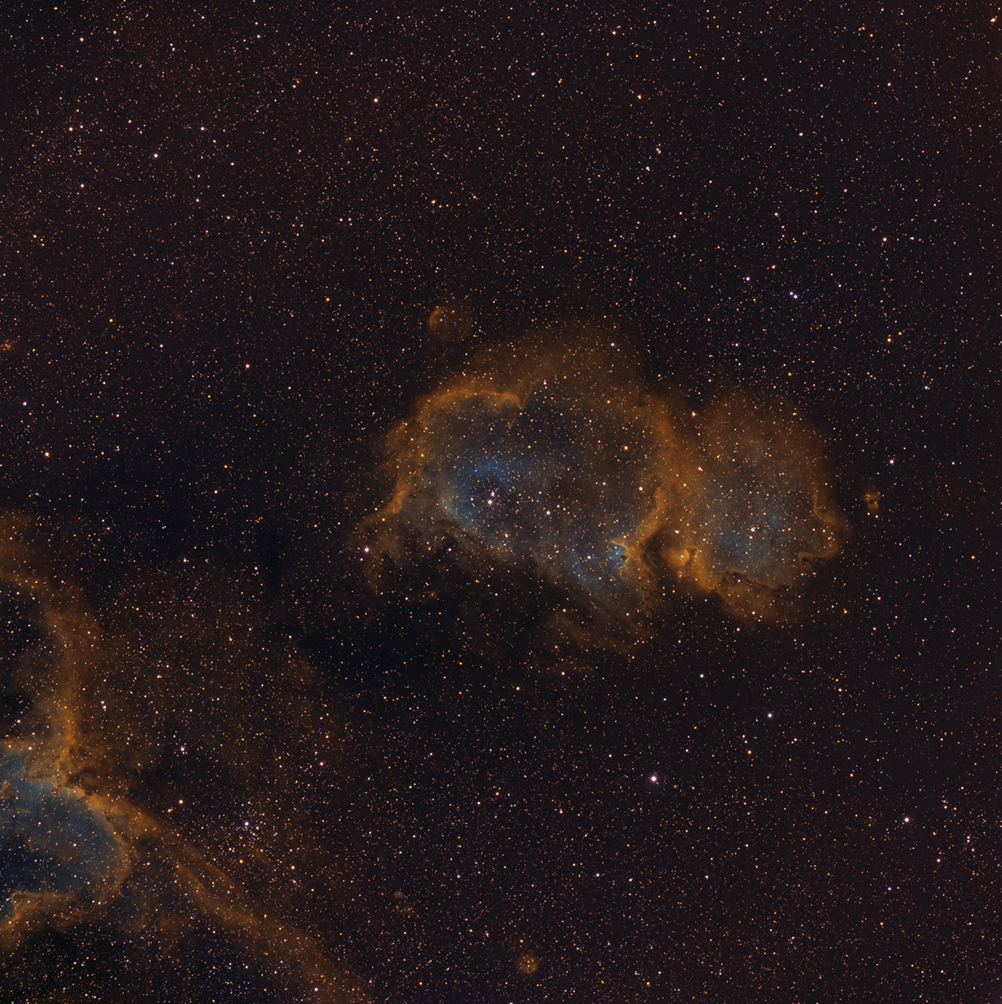

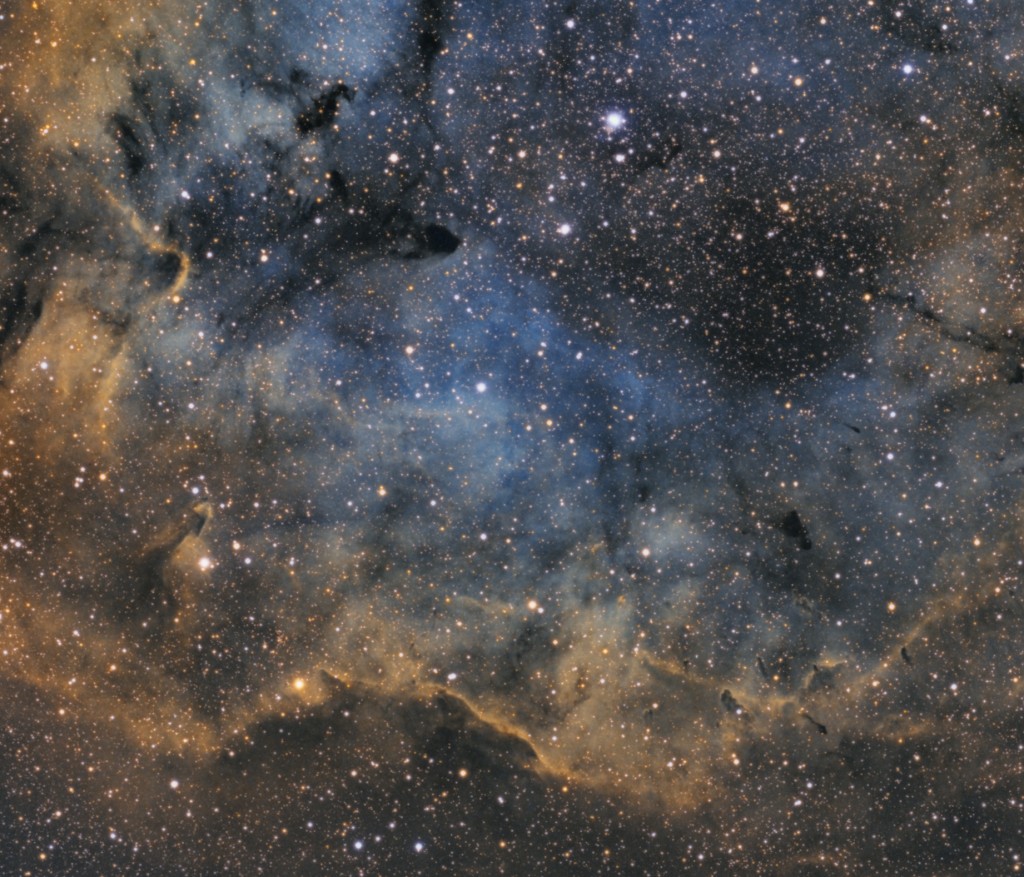
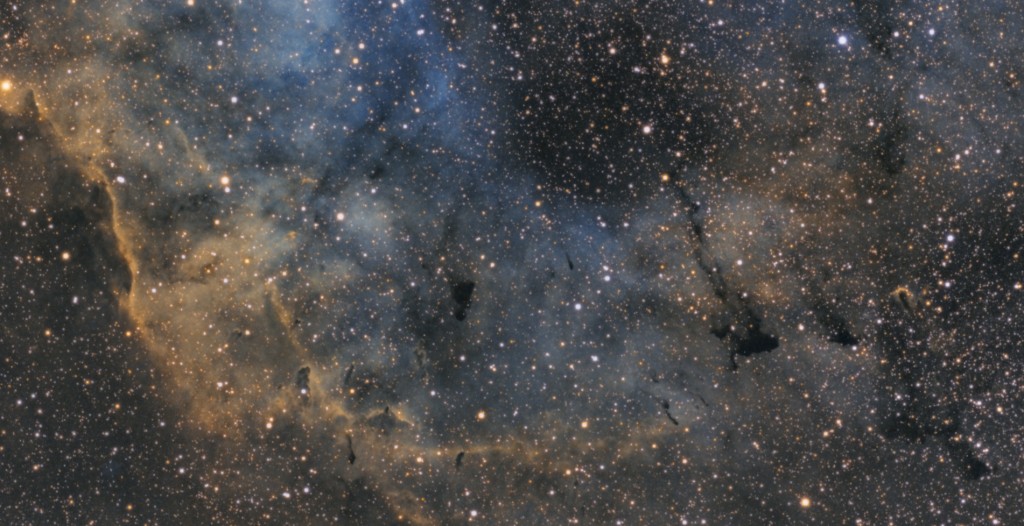
![NGC 2175 AP130EDT w/ 0.75X Reducer (f/6.3) Apogee Ascent A694 CCD Baader Narrowband Filters 7x20min Ha 10x20min O[III] 9x20min S[II]](http://www.celestial-imaging.com/wp-content/uploads/2014/04/NGC-2175-Crop.jpg)
